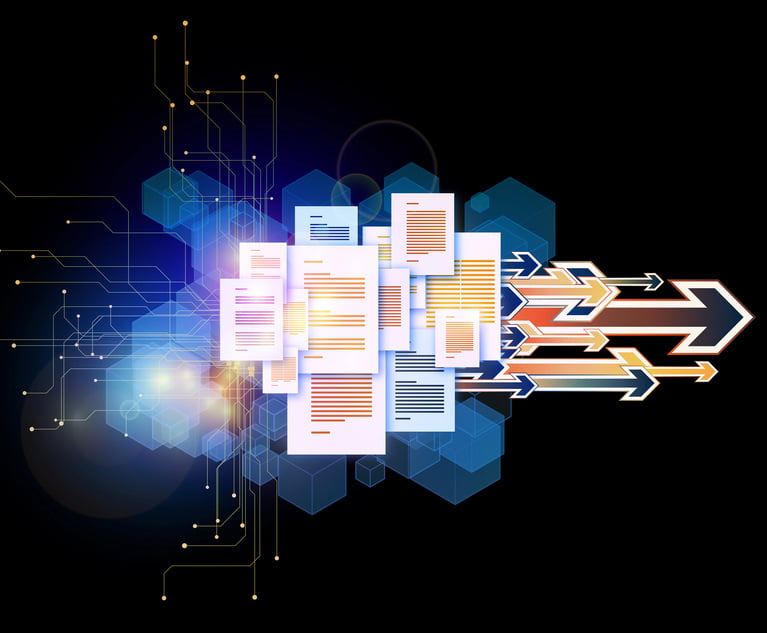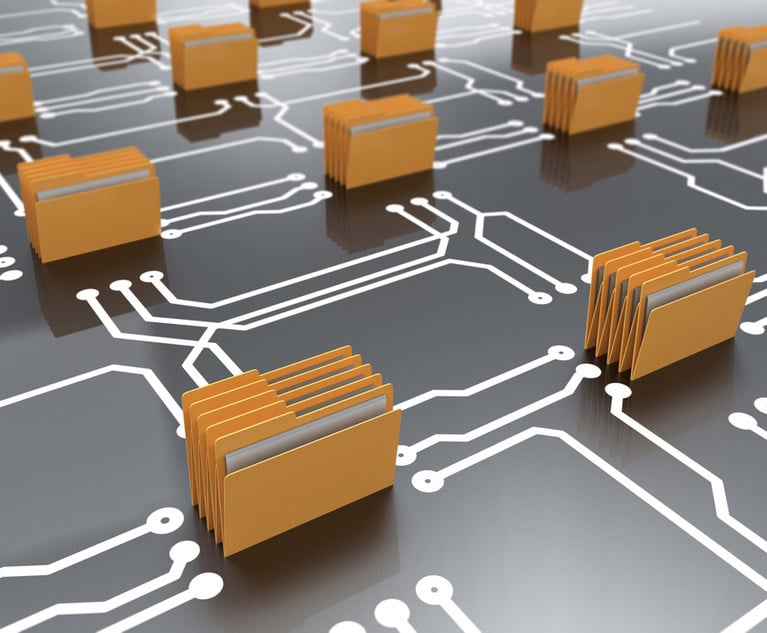The legal field has been inundated with various types of Artificial Intelligence (AI) technology that have promised to revolutionize the industry. From document review to predictive analytics and decision-making tools, there is no shortage of AI tools available. The recent public debut of ChatGPT and GPT-4, while fueling excitement about the future of AI, has only added to the confusion to those of us in the legal industry, leaving many unsure of its implications for litigation and law practice in general. For definition purposes, “litigation” will encompass legal practices that involve the review of data or material information in responding to an internal or external investigation, and/or traditional civil or commercial litigation matters.
This article seeks to provide clarity and context on the different types of AI available in the legal industry today and how the new GPT technology fits into that landscape. More importantly, it will illustrate the potential impact of the next generation of AI on litigation and legal practice as a whole. Understanding the capabilities and limitations of these new AI tools will be helpful for lawyers and legal professionals looking to improve efficiency in advising and supporting their clients. In essence, AI has the potential to learn how we communicate and become a virtual assistant in the practice of law.


 Credit: Andrew Ostrovsky/stock.adobe.com
Credit: Andrew Ostrovsky/stock.adobe.com




